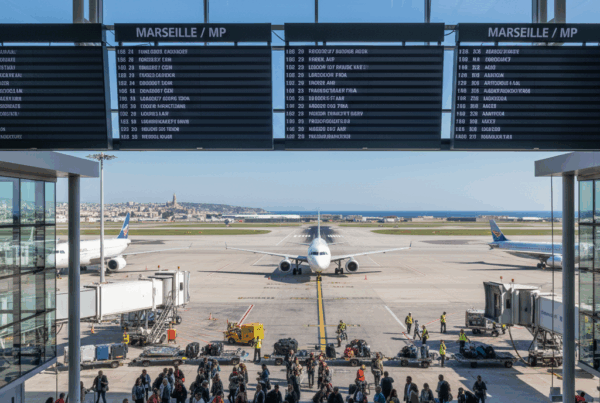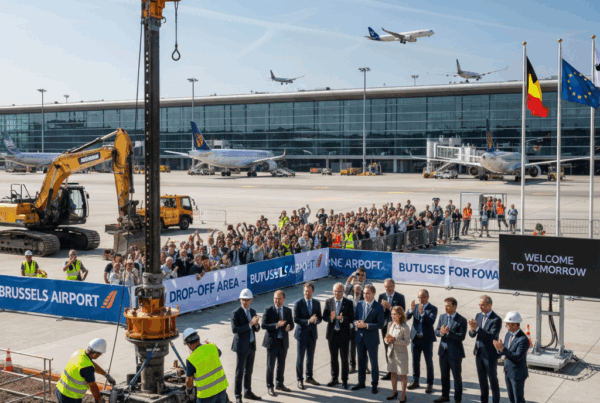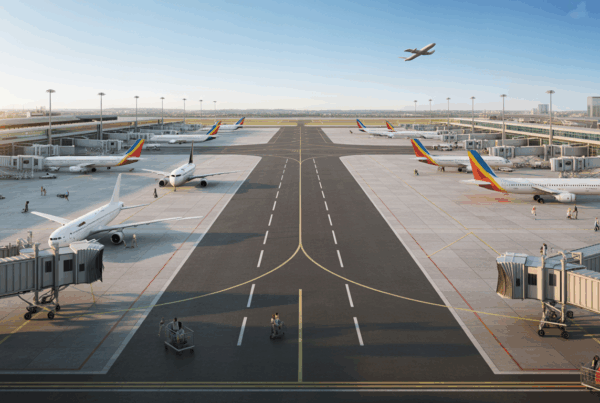Prohibiting the use of containers of liquids larger than 100 ml in the cabin is a necessary step to reinforce safety measures. safety and prevent the malicious use of substances that could be used to make explosives. By limiting the quantity of liquids allowed, the authorities facilitate baggage checks and reduce the risk of attacks. This rule, adopted in the wake of several international incidents, ensures more rigorous surveillance during checks and guarantees a safer travel environment for all. The protocol in place protects passengers and crews from potential terrorist attacks. These measures reinforce the confidence of all concerned.
Over the last few years, regulations governing the carriage of liquids on board aircraft have undergone significant change. The limitation to 100 ml by Container is primarily intended to strengthen the safety passengers and flight crews. This system is the fruit of in-depth reflection, taking into account various abuse scenarios and potential risks that could compromise flight integrity.
Historical background and security risks
The current standards emerged following a long period of heightened vigilance in the aeronautical sector. Safety authorities based their analysis on cases where liquid substances could be diverted to make improvised explosive devices. Thus, banning liquid containers over 100 ml drastically reduces the risk of in-flight explosions, providing strict control over what can be brought into the cabin.
Impact on the traveler experience
While these restrictions are essential for the safetyThey also have a significant impact on the organization of hand luggage and the travel experience. Passengers need to adapt the way they prepare for their journeys, by limiting or splitting up the quantity of liquids. This measure is part of a preventive approach that is echoed in other fields, as illustrated by the recent article stating that SAS suffers serious consequences following other aviation safety measures.
International regulations and comparisons
Internationally harmonized rules contribute to the stability of safety standards in the aviation industry. Various countries are adopting similar approaches to controlling the transport of liquids. Complementary measures are also being put in place, such as the increase in ticket prices announced by the DGAC for departures within France, to offset the additional costs associated with these reinforced protocols. To find out more, visit this article.
The evolution of regulations also continues to be influenced by technological innovations in aviation and baggage management. For example, airlines such as Lufthansa are integrating modern technologies such as the Apple AirTag system for real-time baggage tracking, summarized here : find out more.
Operational and technical adjustments are also taking place at airline and airport level, as highlighted by a recent article in which AirBaltic clarifies rumors concerning the purchase of fuel from Russia. To take a look, go to this link.
Finally, air communications play a key role in the adaptation and implementation of these control measures. Russia, for example, has urged the United States to restore certain air communications in order to facilitate the exchange of vital safety information. To learn more about this subject, please consult this article.
Comparison of safety criteria
| Pattern | Description |
|---|---|
| Explosive hazard | Potential use of liquids to make improvised explosives. |
| Control difficulties | Voluminous content makes threat detection more complex. |
| Preventing attacks | Limit the amount of liquid on board to reduce attack capabilities. |
| Emergency management | Fewer hazardous substances facilitate rapid response in the event of an alert. |
| Uniform rules | Standardized regulations simplify airport security checks. |




